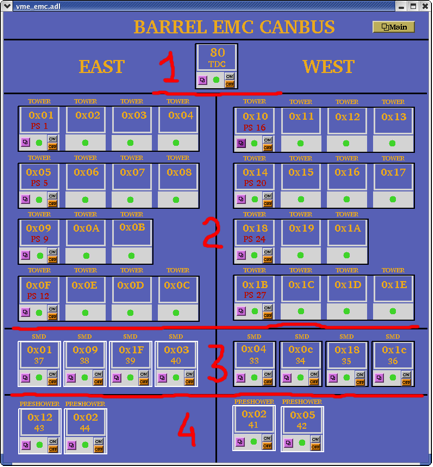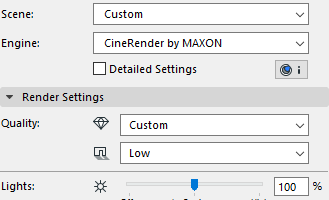

Right click on the new series, that is, on the added ring of data, and choose Change Series Chart Type from the pop-up menu. Use the following settings in the Paste Special dialog: Add cells as New Series, Values in Columns, Series Names in First Row, and Categories in First Column. The data is added as another concentric donut on the outside of the chart. Select the chart, and click the Paste Special button on the Paste dropdown on the Home tab of the ribbon to add the data (below right). Select the orange shaded range of XY values in the second table above, and copy. While you’re at it, shrink the ridiculously large chart title, if you need it at all.įormat each donut series so it has no fill and uses a thin (0.75 point) light gray (25% gray) border (below left). Select any of the donuts and press Ctrl+1 (numeral one) to open the Format Series dialog or task pane, and set Donut Hole Size to 10%, the smallest possible value (below right).

The default diameter of the donut hole is 75% of the diameter of the whole chart, so all of the rings are scrunched together. To create the grid, select the blue shaded cells in the top table, and insert a donut chart (below left). These are converted to X and Y in columns C and D. Our data is provided in polar coordinates in columns A and B below, where R is the distance from the origin to the data point, and theta is the angle from our reference angle (due north) to the point. Each ring has 12 segments, so each comprises 30° of the 360° circle of the chart.
Plotmaker file reader for mac plus#
I have 9 columns for the 9 concentric donuts (the smallest donut hole is 10% of the diameter, so this hole plus 9 rings of 10% make 100%). The data we need is simple, as shown below. We’ll use a donut chart for the circular grid. The data for a polar plot is given in polar coordinates, which is given as R-theta, where R is the distance from the origin (center of the plot) and theta is the angle from a reference angle, such as north or conversely the positive horizontal axis of overlaid cartesian coordinates.Ī Polar Plot is not a native Excel chart type, but it can be built using a relatively simple combination of Donut and XY Scatter chart types. We need to build the grid using a donut chart, then overlay the physical data using applicable XY Scatter chart types. Ironically, this includes actual radar feedback. Polar Plots, on the other hand, can be used to map information that has a true geographical component. A major part of the deficiency of radar plots is that they pretend to show a physical, geographical relationship which isn’t present at all. If you hunt for “radar chart” or “spider chart” you’ll see a class of charts that’s even more deceptive. You can search this blog for “pie chart” and see numerous examples of badly applied pie charts. Microsoft Excel offers a number of circular charts, but none of them is usually a particularly good choice for displaying data.


 0 kommentar(er)
0 kommentar(er)
